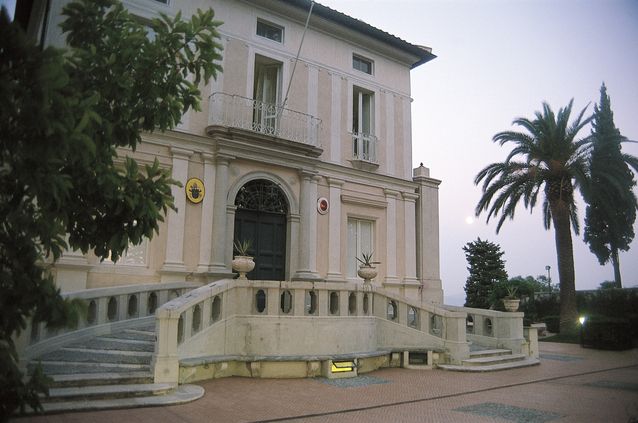Päiviö Tommila
Juhani Päiviö Tommila
Born August 4, 1931, Jyväskylä
Bachelor of Arts (Finnish History) 1954, Master of Arts (valedictorian) 1957, Licentiate 1960, PhD (valedictorian) 1964, University of Helsinki
Rector of the University of Helsinki 1988–92
Dean of the Department of History and Language Sciences 1987–88, University of Helsinki
Dean of the Faculty of Arts 1967–71, 1973–75, University of Turku
Professor of Finnish history1965–76, University of Turku
Docent in Finnish history 1962–67, University of Helsinki
Research assistant in History 1959–65, University of Helsinki
Employee of the Nurmijärvi District History Committee 1955–57
Federation of Finnish Learned Societies 1989–2000
Executive Board of the Finnish Institute in Estonia 1993–2002
Project leader of Suomen lehdistön historia (‘the history of the Finnish press’) 1975–92
Board of Trustees of the Finnish Cultural Foundation 1978–85, Chairman 1985–87, Supervisory Board 1987–96, General Secretary 1994–96
Editor-in-chief 1983–90, Historiallisen Aikakauskirja
Awards and honours:
Honorary title of Academician 2004
First Class Commander of the Order of the White Rose of Finland
Commander of the Order of the Lion of Finland
Honorary PhD 1998, University of Jyväskylä
Member of the Estonian Academy of Sciences
Photo: Faculty of Arts
Written by Olli Siitonen
Translated by Matthew Billington

